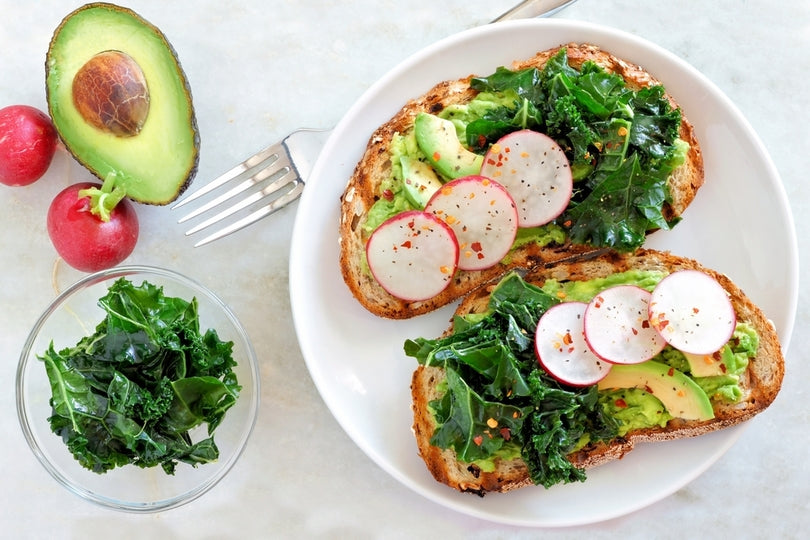Psychology Behind Supermarket Layouts


When you walk into a supermarket, you might have a very specific plan in mind. Maybe you only need to shop for a few items, so you’re going to just grab them and leave.
Something you may not know is exactly how much planning is behind the layout of a supermarket. Every feature of the shop, from the fruit on display to the lighting and music, has been carefully researched and put in place to encourage you to spend more, which can make it harder to cut down snacking.
How supermarket layouts use psychology
Let me explain some of the psychology that goes into supermarket design, and how it can sometimes be the reason you leave with WAY more than you meant to buy.
The entrance
One of the first things I notice when I step into a supermarket is the fresh flowers. They don’t just look pretty —the flowers are there to make you think of freshness, or goods ‘straight from the farm’. Your senses also get stimulated by the bright colours and pretty smell, which can make you feel happier and ready to buy.
In the store, the brightly coloured fruits and vegetables are supposed to put you in a good mood. Food items that smell and look good, such as freshly baked bread or roasted chickens, are often positioned near the door so that you can smell them when you walk in. This is to encourage you to shop with your stomach!
Some supermarkets even go a step further, adding a cafe to the store so you can pick up a coffee before or after you shop!
The middle
Need to pop in and grab some milk or dairy products? Most of us need incredible willpower to make it all the way to the milk section, and back out, without picking something else up along the way. That is all part of the plan! Often those essential items are tucked away somewhere towards the centre, or the back of the store to make you walk past lots of other enticing products while you shop.
Maybe you’ve also noticed that complementary items are usually shelved together. For example, the biscuits are often close to the coffee or tea. We associate one with the other, so having them nearby means you are more likely to buy both! On top of that, items always seem to be moved to different spots around the store. That way, the more time you spend looking for something, the greater the chance you’ll buy more items!
The check-out
I don’t think I’m alone here, but I’ve never met anyone who can resist those impulse buys at the checkout! You know the ones I mean — they are usually things like chocolate bars, soft drinks, magazines, mints or gum. It’s way too easy to grab them and throw them in your basket while you are waiting.
Once you’ve finished shopping and are getting ready to pay for your items, you might also reach for your loyalty card. Stores offer these not just to keep you coming back to the same store, but it’s also a way of tracking your shopping habits and marketing directly to you.
So, how do you avoid being sucked in by these psychological strategies? I recommend following some of my tips for building the best grocery list, or shopping the edges of the store where possible. Try to make less shopping trips if you can, that way you tend to buy more efficiently. If your supermarket has confectionery-free checkouts, these are a good way to avoid those impulse buys too!
Think about doing your meal prep and shopping once a week so you can go in with a plan and be less tempted to buy more than you need on impulse.
Personally, I’m also a big fan of buying fresh fruit and vegetables from farmers’ markets. I know that might not be the best option for everyone though. Hopefully this blog helps you to understand how supermarkets are designed, so you know what to watch out for.
Love, Kayla xx
* Disclaimer: This blog post is not intended to replace the advice of a medical professional. The above information should not be used to diagnose, treat, or prevent any disease or medical condition. Please consult your doctor before making any changes to your diet, sleep methods, daily activity, or fitness routine. Sweat assumes no responsibility for any personal injury or damage sustained by any recommendations, opinions, or advice given in this article.




<#= c.user.username #><#= moment(c.created_at * 1000).fromNow() #>
<#= c.html_body #> <# if (c.images) { #>
<# } #>